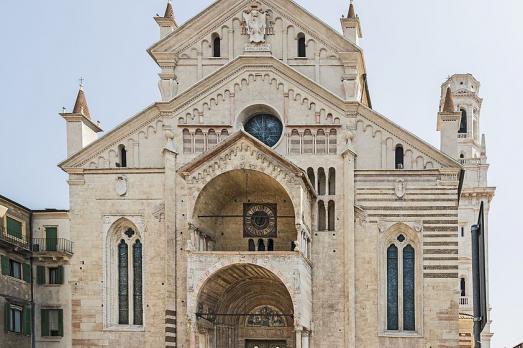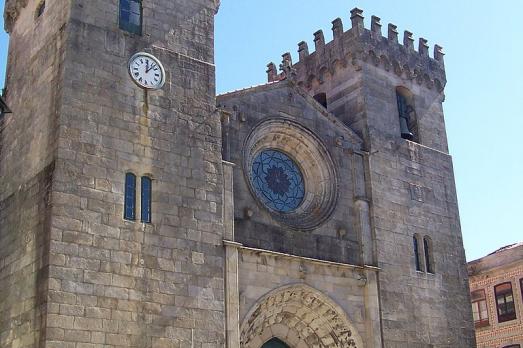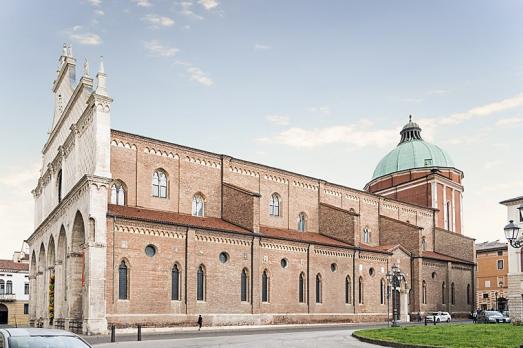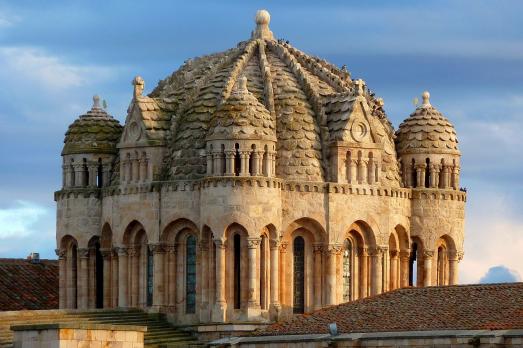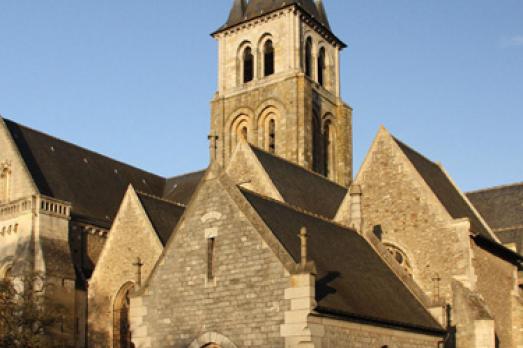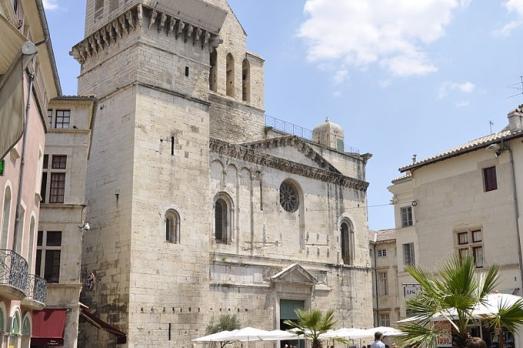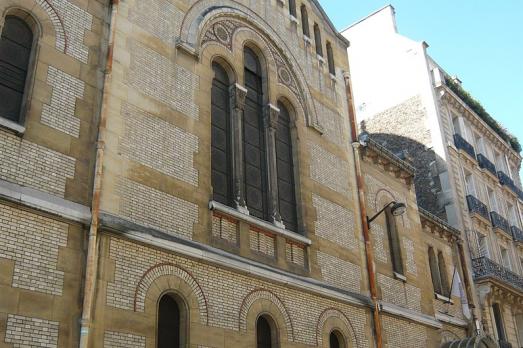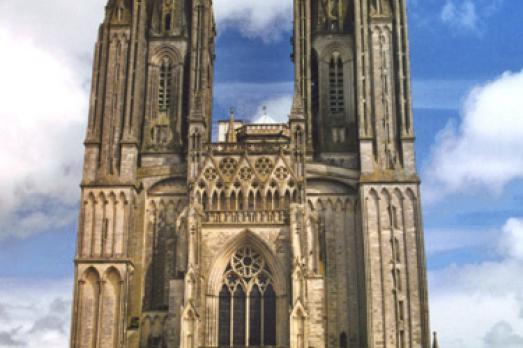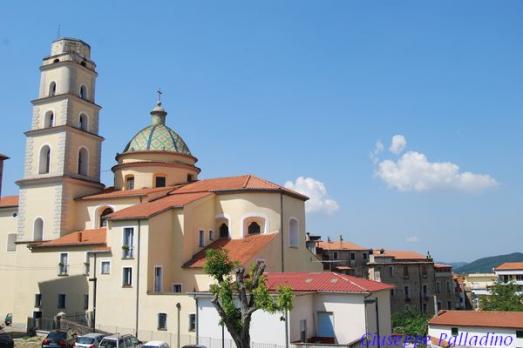
Cathedral of Vallo della Lucania
Vallo della Lucania, IT
The Cathedral of Vallo della Lucania was built in its present form between 1700 and 1736, next to a church dating back to the X-XI century, to cope with the growing number of faithful that the small medieval church, demolished in 1802, could no longer contain. The cult building was raised to the rank of cathedral in 1851 by a bull of Pope Pius IX.
